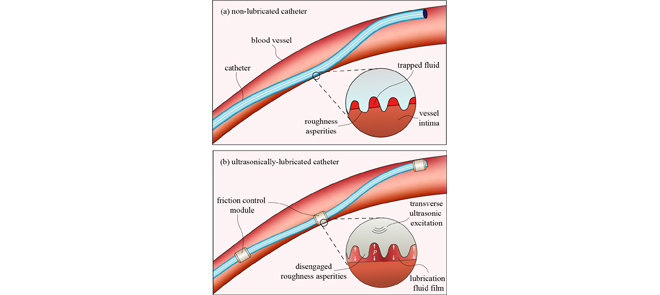2024-11-14 ゲーテ大学
<関連情報>
- https://aktuelles.uni-frankfurt.de/english/slow-editing-of-protein-blueprints-leads-to-cell-death/
- https://www.science.org/doi/10.1126/science.adi5295
クリプティック・スプライシングの病原性タンパク質毒性は、ユビキチン化とERファジーによって緩和される Pathogenic proteotoxicity of cryptic splicing is alleviated by ubiquitination and ER-phagy
Cristian Prieto-Garcia, Vigor Matkovic, Thorsten Mosler, Congxin Li, […], and Ivan Dikic
Science Published:14 Nov 2024
DOI:https://doi.org/10.1126/science.adi5295
Editor’s summary
Deregulation of splicing caused by mutations or imbalances in regulatory factors can lead to pathological conditions such as retinitis pigmentosa, a disease characterized by photoreceptor degeneration. However, the mechanisms and conditions under which cryptic splicing drives cellular pathogenesis remain unclear. Prieto-Garcia et al. found that deregulation of the spliceosome complex generates cryptic splicing transcripts, which produce misfolded proteins, causing cytotoxic endoplasmic reticulum stress and proteotoxic aggregates. Enhancing protein degradation systems such as the ubiquitin-proteasome system and selective autophagy mitigated the harmful effects of cryptic splicing. Modulating protein degradation pathways could thus provide a viable therapeutic strategy for spliceosome-associated diseases, including retinitis pigmentosa. —Stella M. Hurtley
Abstract
RNA splicing enables the functional adaptation of cells to changing contexts. Impaired splicing has been associated with diseases, including retinitis pigmentosa, but the underlying molecular mechanisms and cellular responses remain poorly understood. In this work, we report that deficiency of ubiquitin-specific protease 39 (USP39) in human cell lines, zebrafish larvae, and mice led to impaired spliceosome assembly and a cytotoxic splicing profile characterized by the use of cryptic 5′ splice sites. Disruptive cryptic variants evaded messenger RNA (mRNA) surveillance pathways and were translated into misfolded proteins, which caused proteotoxic aggregates, endoplasmic reticulum (ER) stress, and, ultimately, cell death. The detrimental consequence of splicing-induced proteotoxicity could be mitigated by up-regulating the ubiquitin-proteasome system and selective autophagy. Our findings provide insight into the molecular pathogenesis of spliceosome-associated diseases.


02317-1/asset/394405b9-d2e8-4c2e-ad58-b49b642c7042/main.assets/gr1b.jpg)
